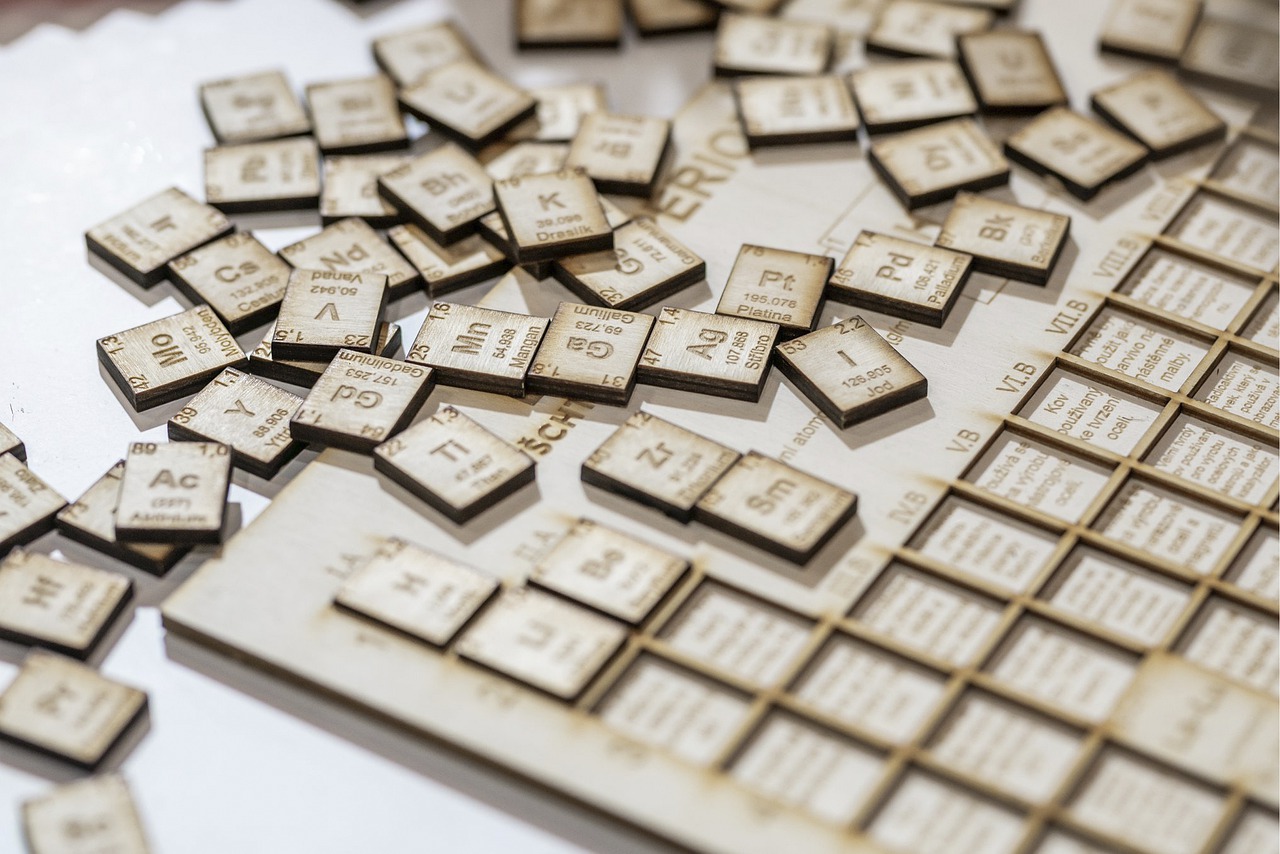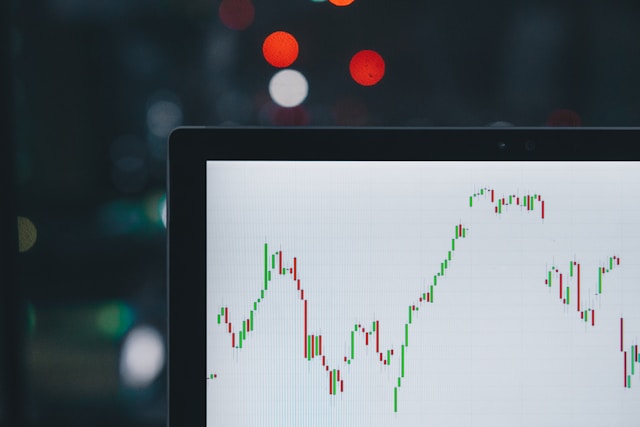In the words of Italian chemist Enrico Fermi: “I have measured the speed of light in every possible way, including in a crystal of cesium.” The atoms that make up the periodic table of elements represent physical realities from which we evolved and to which we now return, and that is as it should be.”
The periodic table of elements is one of the primary tools that physicists use to answer questions about the structure and properties of elements. Though the table is often called the “medieval table” for its appearance in Europe, it has many significant differences from the medieval table and should not be confused with it.
The term “periodic” refers to a fundamental property of matter: the activity of each element in its element group is proportional to its time taken to form a new atom (or molecule). Each element can be defined as a group of positively-charged, neutral particles made up of protons and neutrons. Elements with their own unbound electrons have a negative charge, which is called an “island” in a negative element. An element group always consists of elements with precisely the same number of protons and neutrons; for example, carbon and oxygen belong to the same group (C1).
Who Invented the Periodic Table of Elements?
The truth is, we often know very little about who invented what and this seems to be the case with the periodic table. German scientist Julius Lothar Meyer, Russian scientists Dmitri Mendeleev and the father of genetics, Austiran Johann Mendel are all credited with creating the periodic table of elements in 1869.
According to historical accounts development of the foundations of the periodic table stretch back to at least as early as 1669 when German merchant Hennig Brand created the Philosopher’s Stone, 1680 when Irishman Robert Boyle discovered phosphorus, and 1863 when English chemist John Newlands divided 56 known elements into 11 groups based on their characteristics.
Co-Invention of the Periodic Table
How many times have you heard of a new invention and realize “I’ve thought of that before?” Co-invention is the simultaneous discovery or invention rooted in the zeitgeist and technology of the day. Naturally, people living in the same period tend to converge on “the next” discovery or invention that moves humanity forward. A handful, dozens or hundreds of minds working on the same problems find similar solutions.
Periodic Table Incomplete
In the 21st century, development of the periodic table is an ongoing process and is not yet complete. That doesn’t mean we don’t know exactly what the most important elements are. It does mean, however, that we don’t know much yet about how many different elements there are.
As of 2020, a total of 118 elements have been identified with 94 occurring naturally on Earth, and 24 synthetic elements produced by nuclear reactions. Except for unstable radioactive elements such as radionuclides that decay quickly, nearly all elements are used industrially in varying amounts. (Wikipedia)
Additionally there is an entire other category of elements that we don’t recognize, but which is numerically equal to many of the most important ones, and that’s called the ternary elements. Ternary elements are composite compound elements composed of a single component or functional group that combines elements with other similar compounds to form a new compound element. Ternary compounds are often not described in chemistry textbooks.
The Ultimate Reference
The periodic table of elements is the ultimate reference for all of chemistry and astronomy. It contains all of the elements, their atomic and molecular sizes, and the relationships between them. Physicists often use the table to identify and measure the properties of elements. Most of the chemical elements have been named, and their atomic weights (wt, GeV, etc.) have been measured. The table also contains the symbols for all of the hydrogen-element combinations, including protons, neutrons and electrons.







